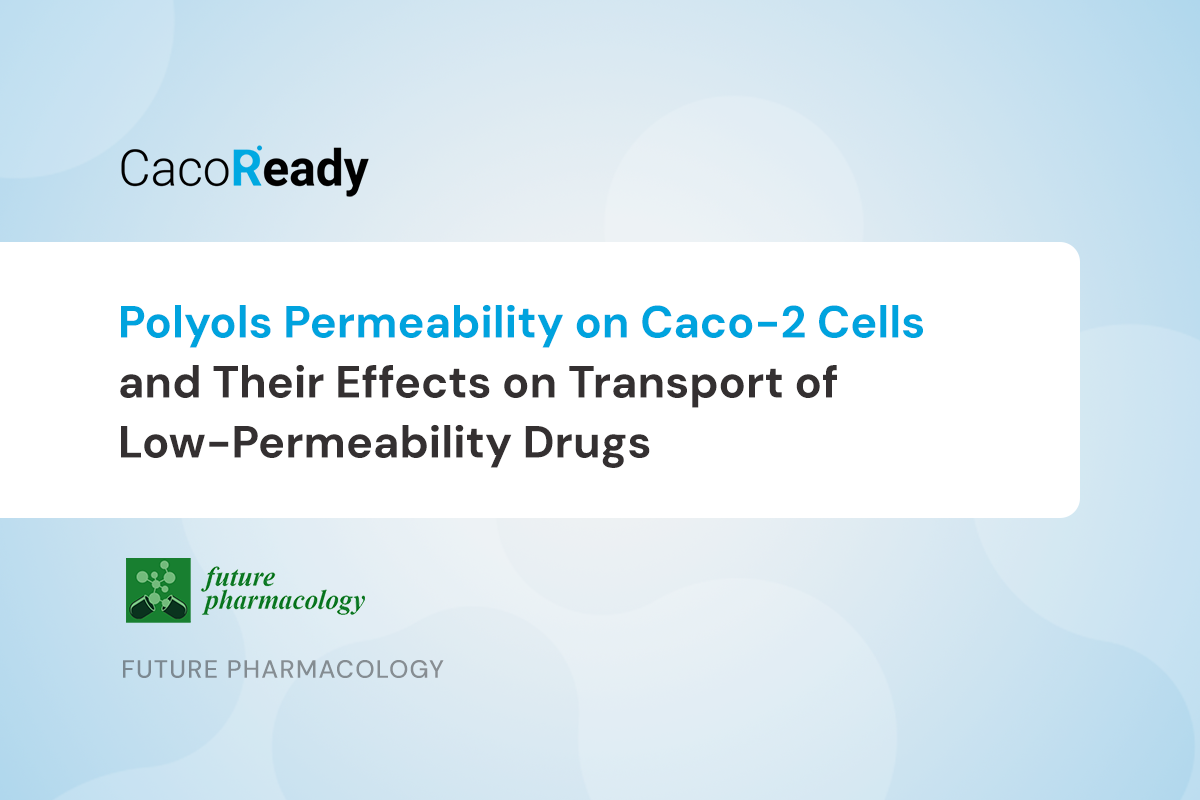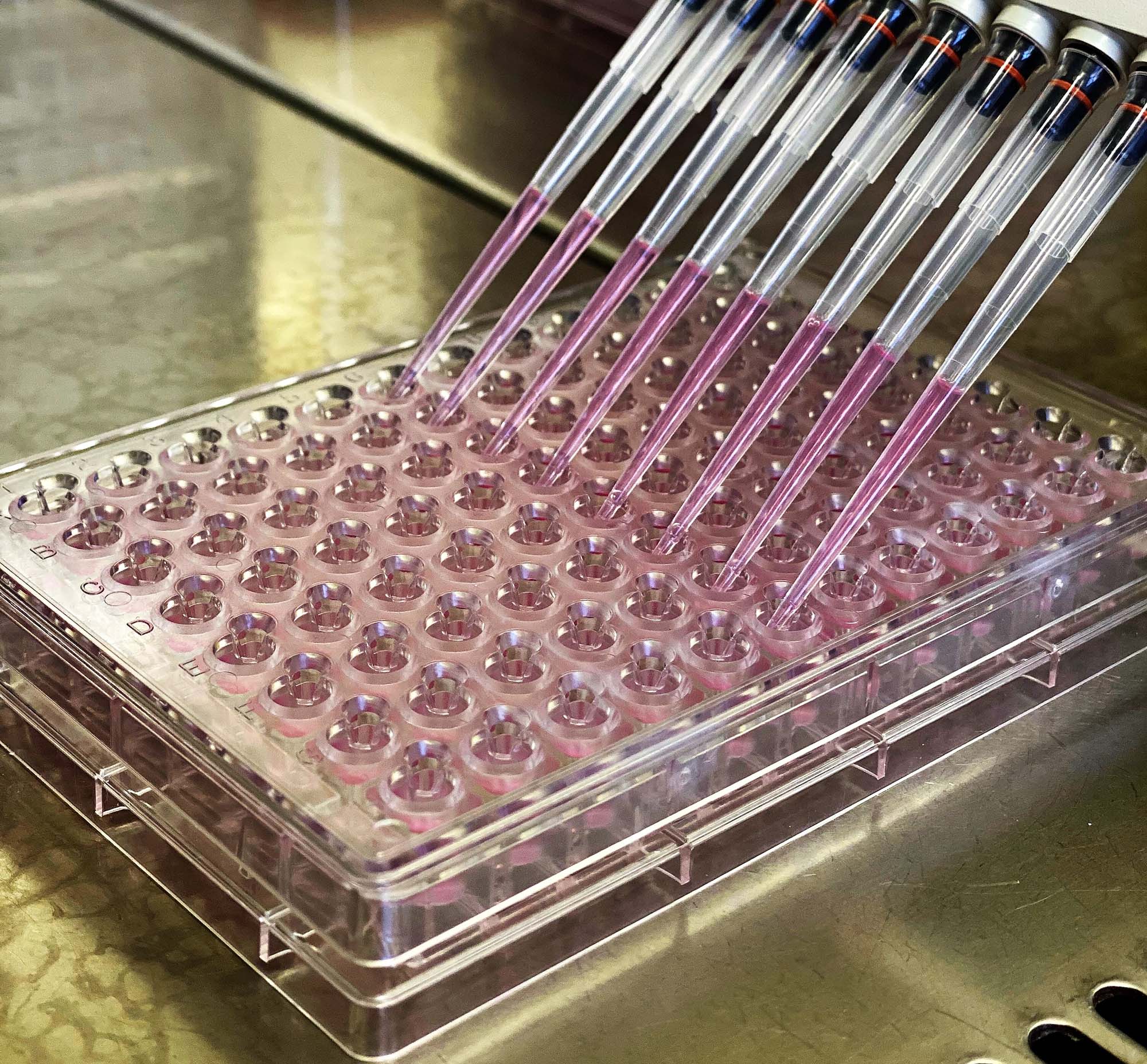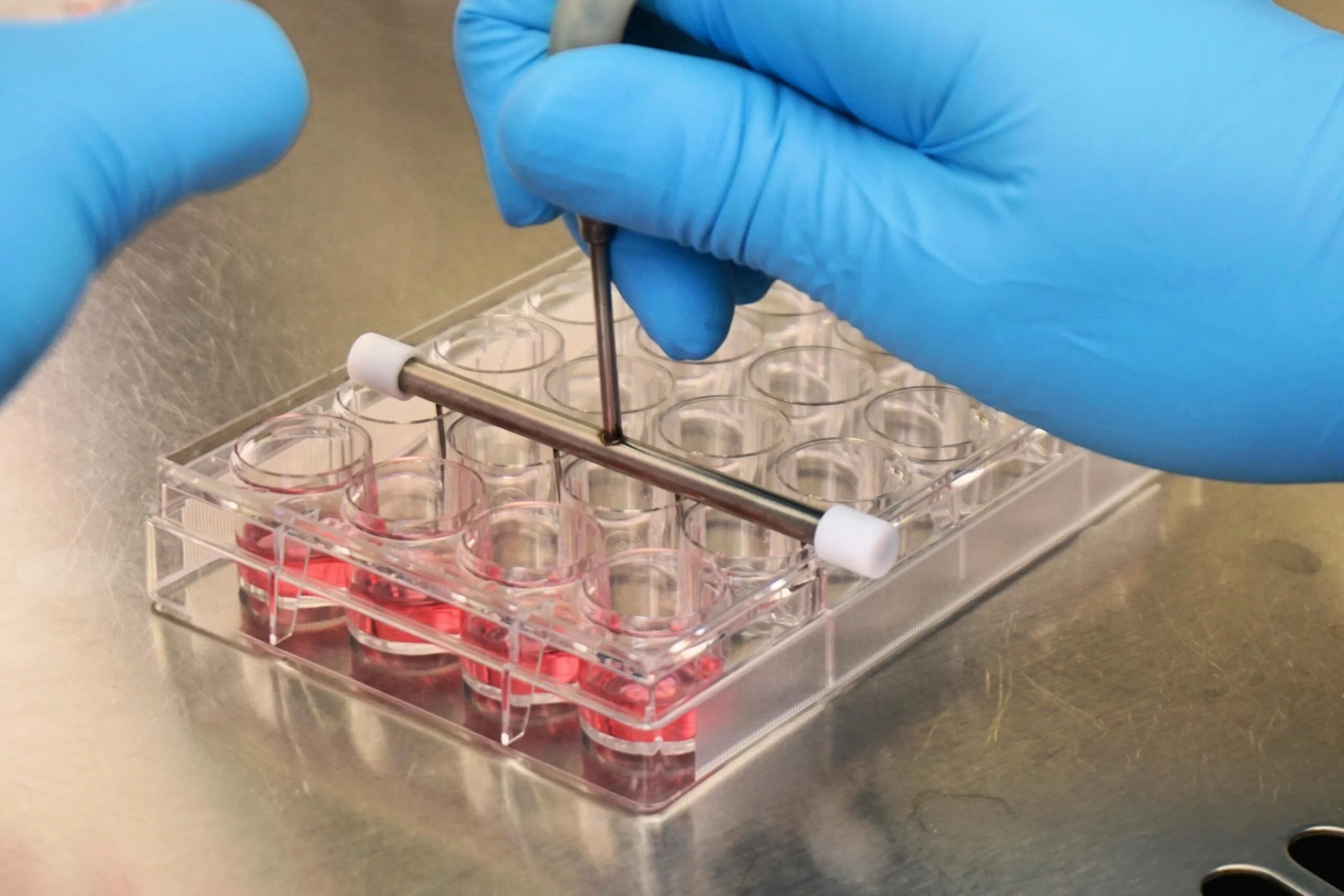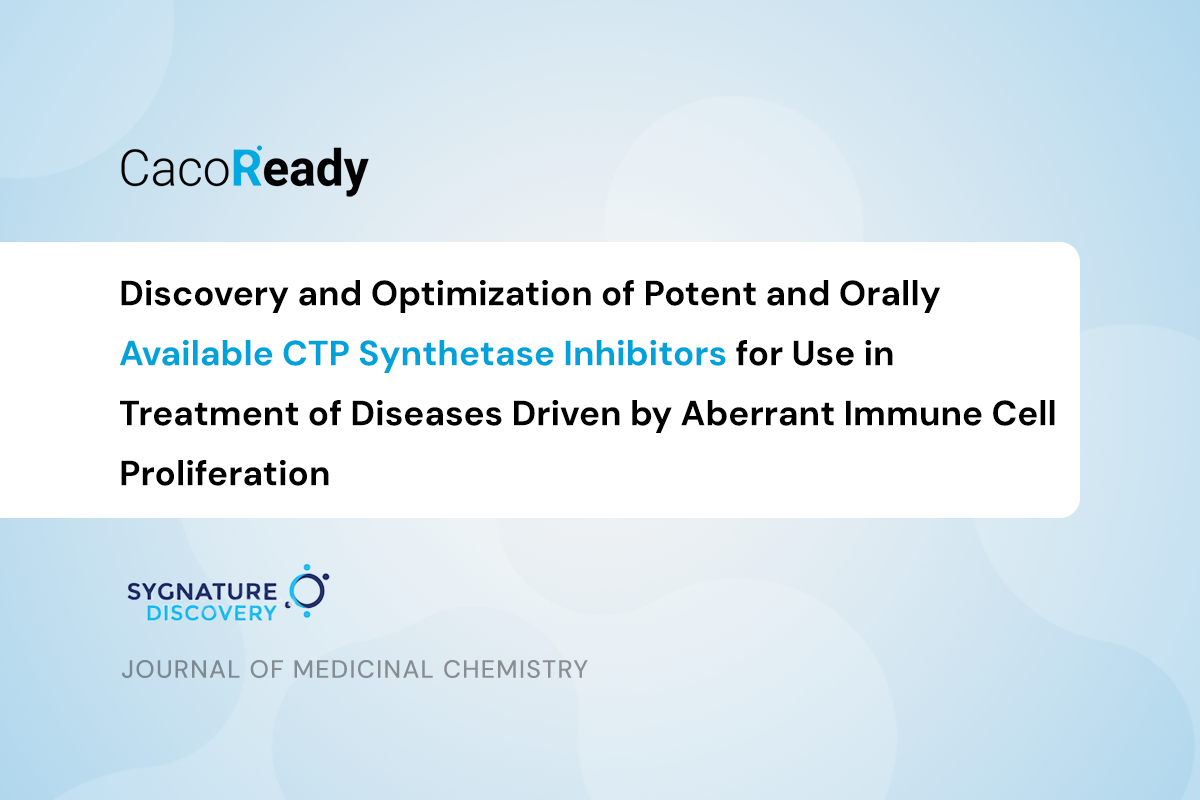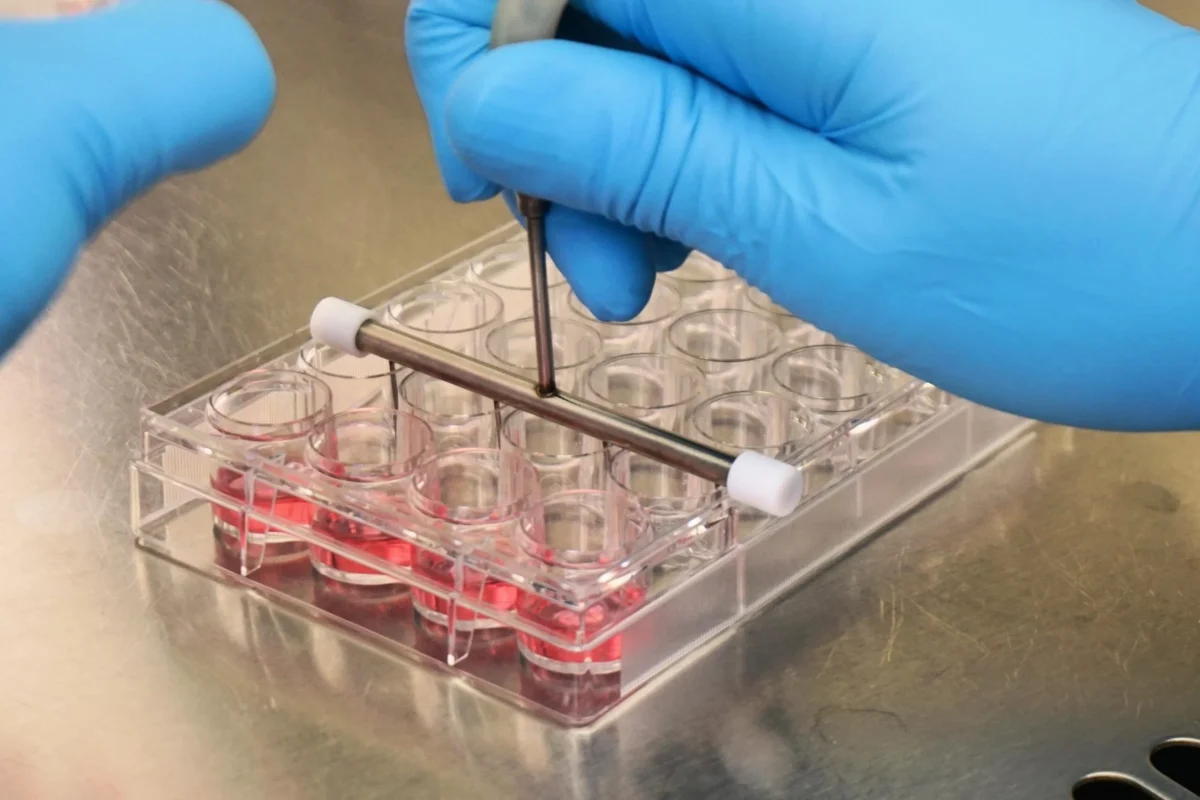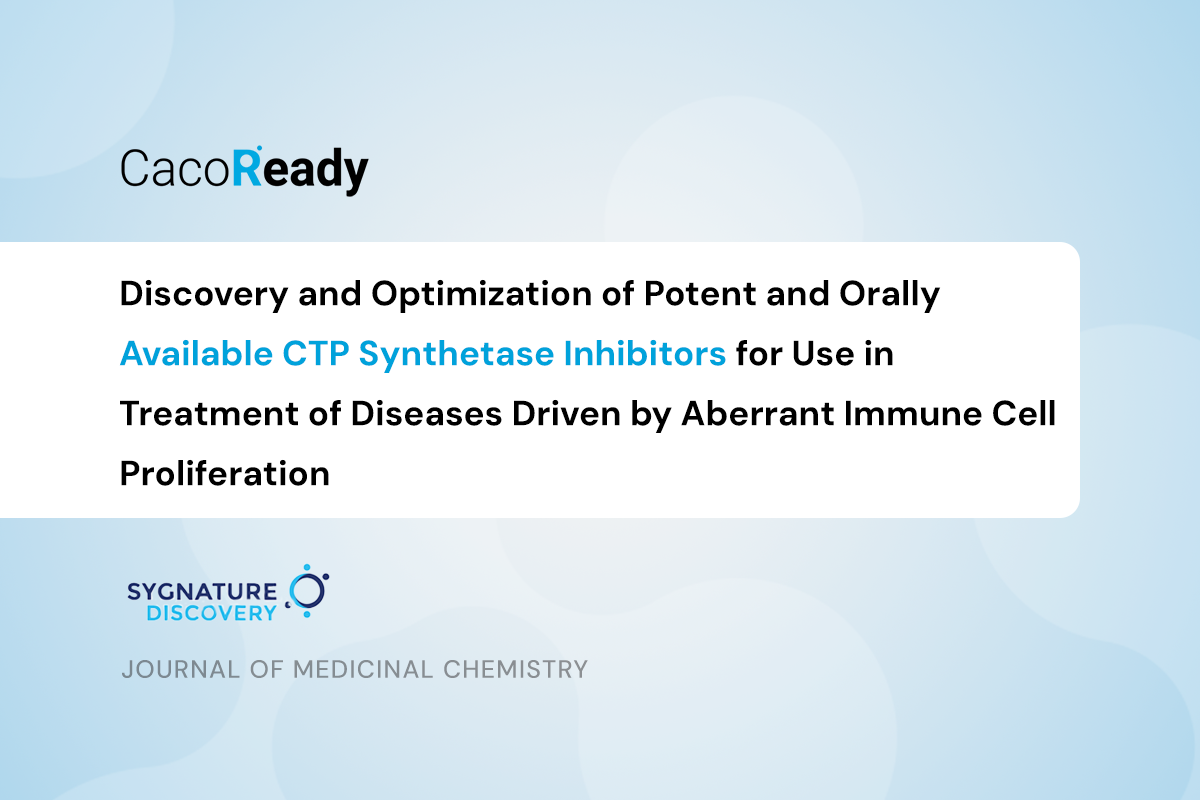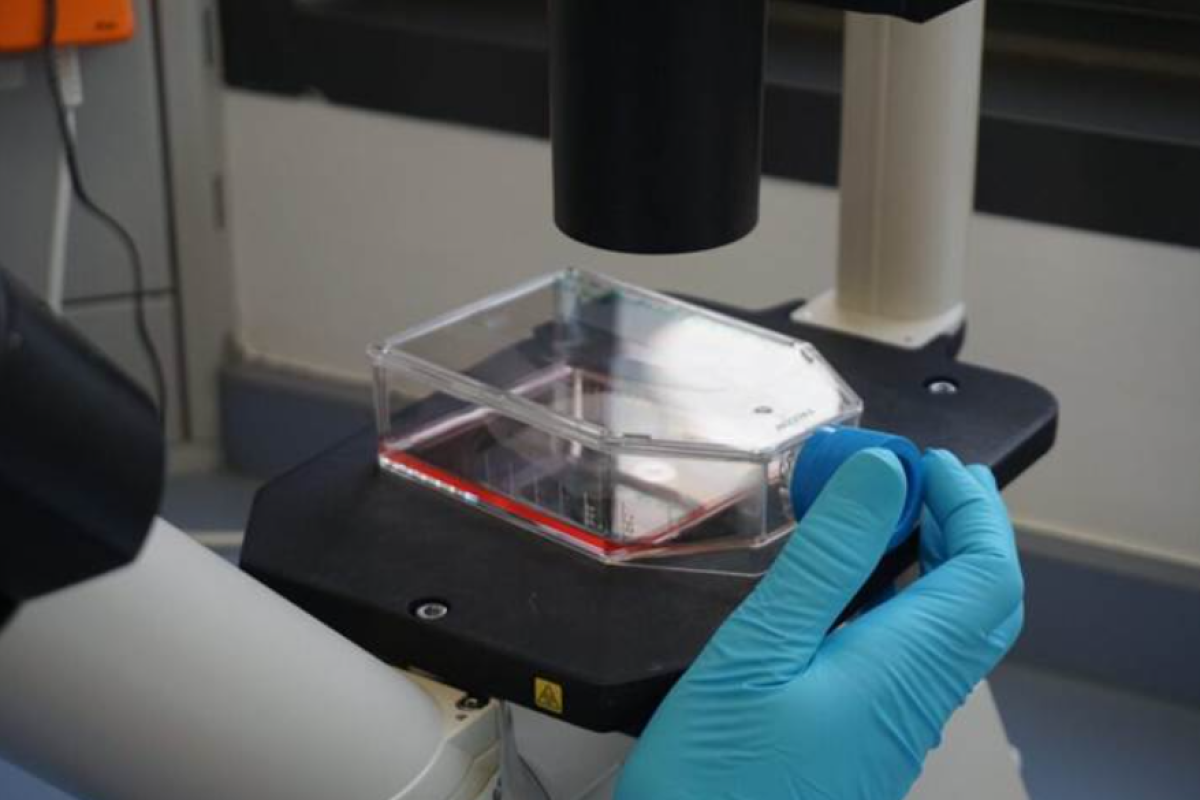A study published in the Future Pharmacology Journal examined the effects of four polyols: mannitol, maltitol, sorbitol, and xylitol, on the permeability of seven active pharmaceutical ingredients (APIs). Conducted by leading French pharmaceutical companies, the research utilized the CacoReady cell permeability model to determine whether these polyols could impact drug absorption and bioavailability.
The article, Polyols Permeability on Caco-2 Cells and Their Effects on Transport of Low-Permeability Drugs, employed advanced techniques like Ultra High-Performance Liquid Chromatography (UHPLC) and Mass Spectrometry (MS) for its analysis.
The role of excipients in drug formulation
Pharmaceutical excipients, such as polyols, play a significant role in drug formulation by influencing the safety, efficacy, and bioavailability of pharmaceutical preparations. Historically, excipients were seen as inert substances used for functions like dilution, binding, and coating. However, growing evidence suggests that certain excipients, including polyols, may impact drug absorption by modifying solubility or altering intestinal permeability.
The study focused on four polyols, assessing their impact on the permeability of seven APIs, each representing different Biopharmaceutics Classification System (BCS) classes. The researchers utilized the CacoReady Caco-2 cell permeability model, widely accepted for studying drug absorption mechanisms.
Key findings: Polyols and their influence on drug permeability
Contrary to expectations, the results demonstrated that polyols did not significantly modify the permeability of any of the tested APIs (furosemide, amiloride, atenolol, ranitidine, nadolol, acyclovir, and L-thyroxine).
Throughout the experiment, the Caco-2 cell monolayer remained intact, with no significant changes in Lucifer Yellow passage or transepithelial electrical resistance (TEER) readings. These findings suggest that the polyols did not influence drug absorption under the conditions tested.
In conclusion, the study sheds light on the relationship between polyols and drug permeability. It suggests that these excipients do not significantly alter the absorption of the tested APIs, which could inform pharmaceutical development strategies.
Read the full article: Truffin D, Häusler O, Martin M, Cotier S, Laparre J, Ramnath M. Polyols Permeability on Caco-2 Cells and Their Effects on Transport of Low-Permeability Drugs. Future Pharmacology. 2023; 3(1):229-237. https://doi.org/10.3390/futurepharmacol3010016



